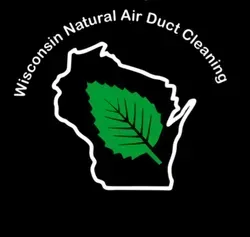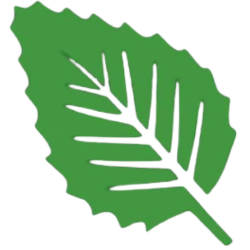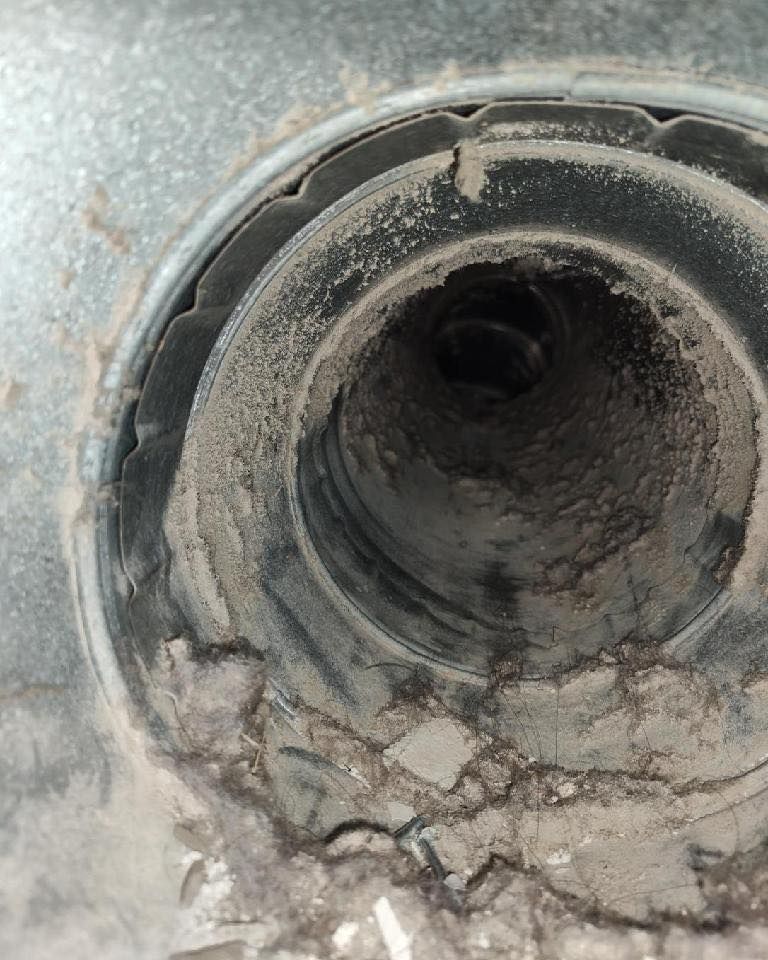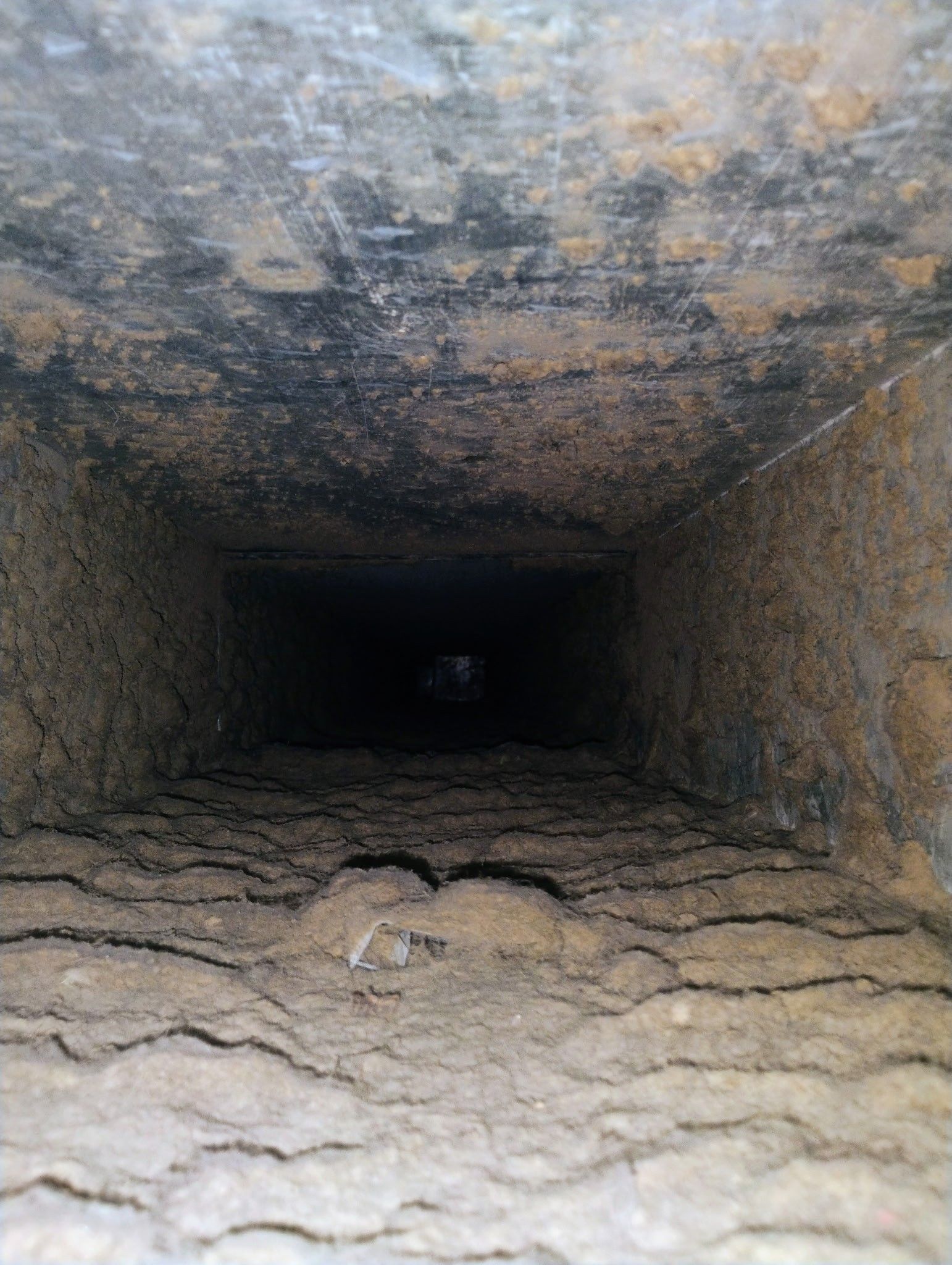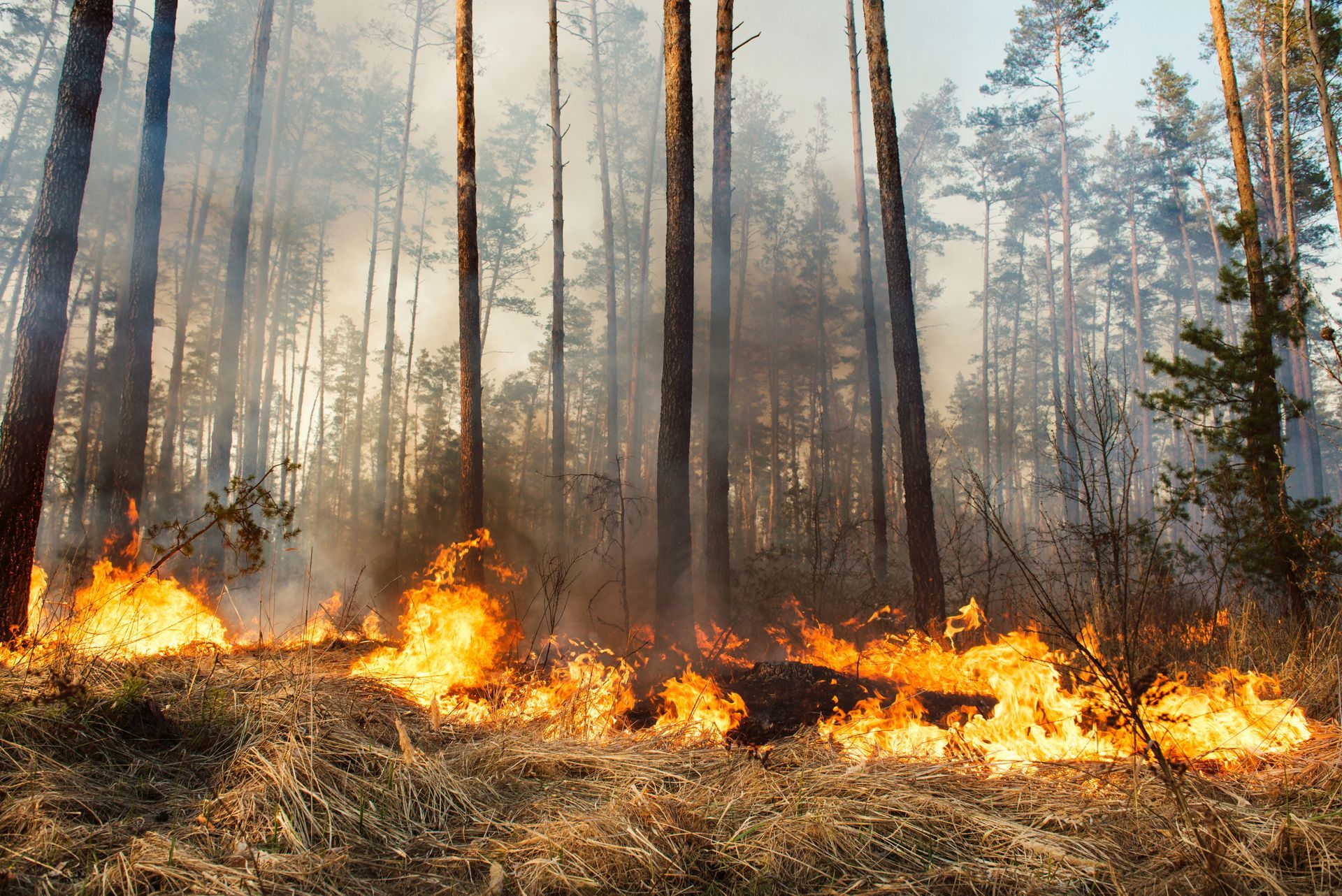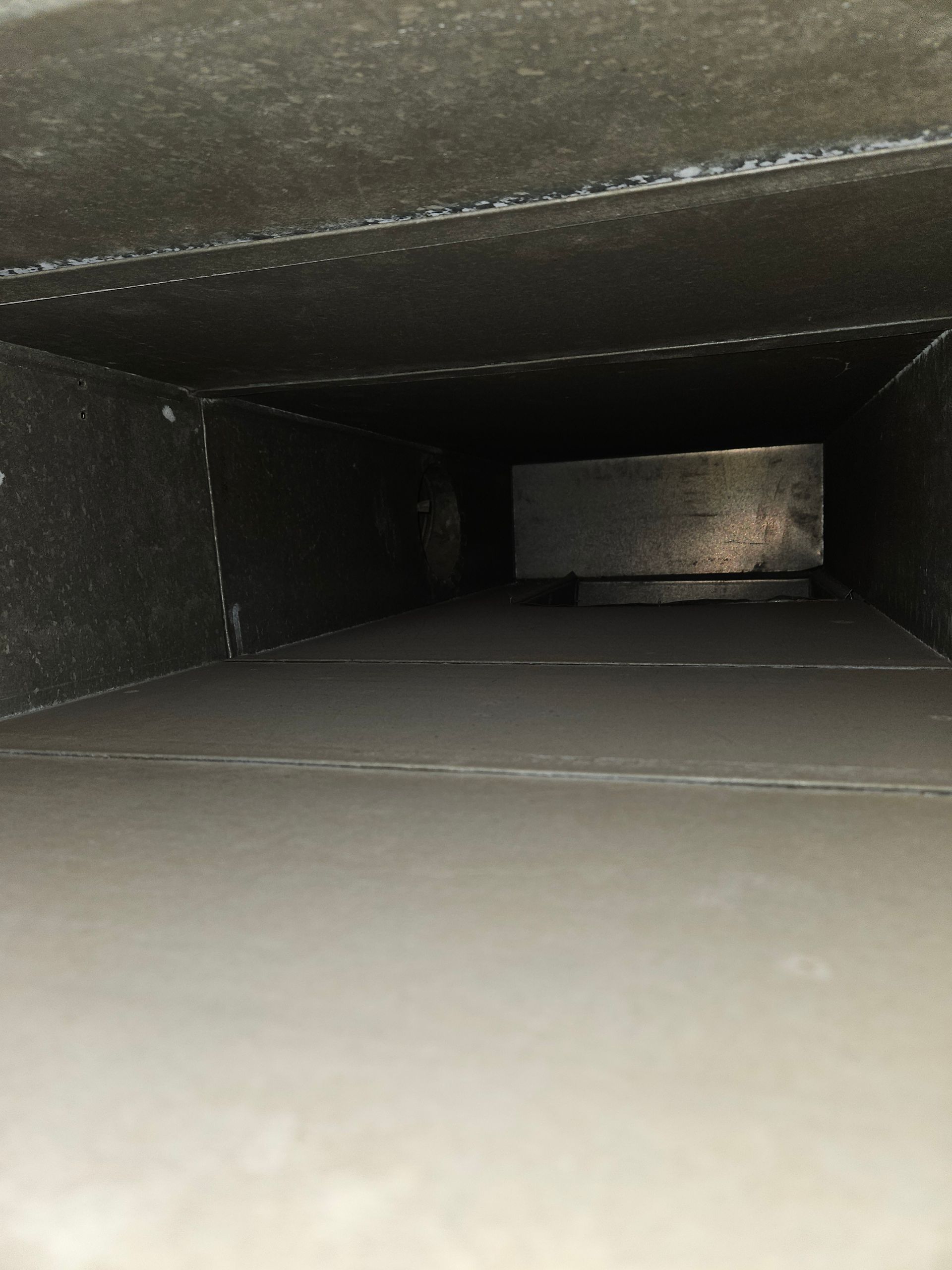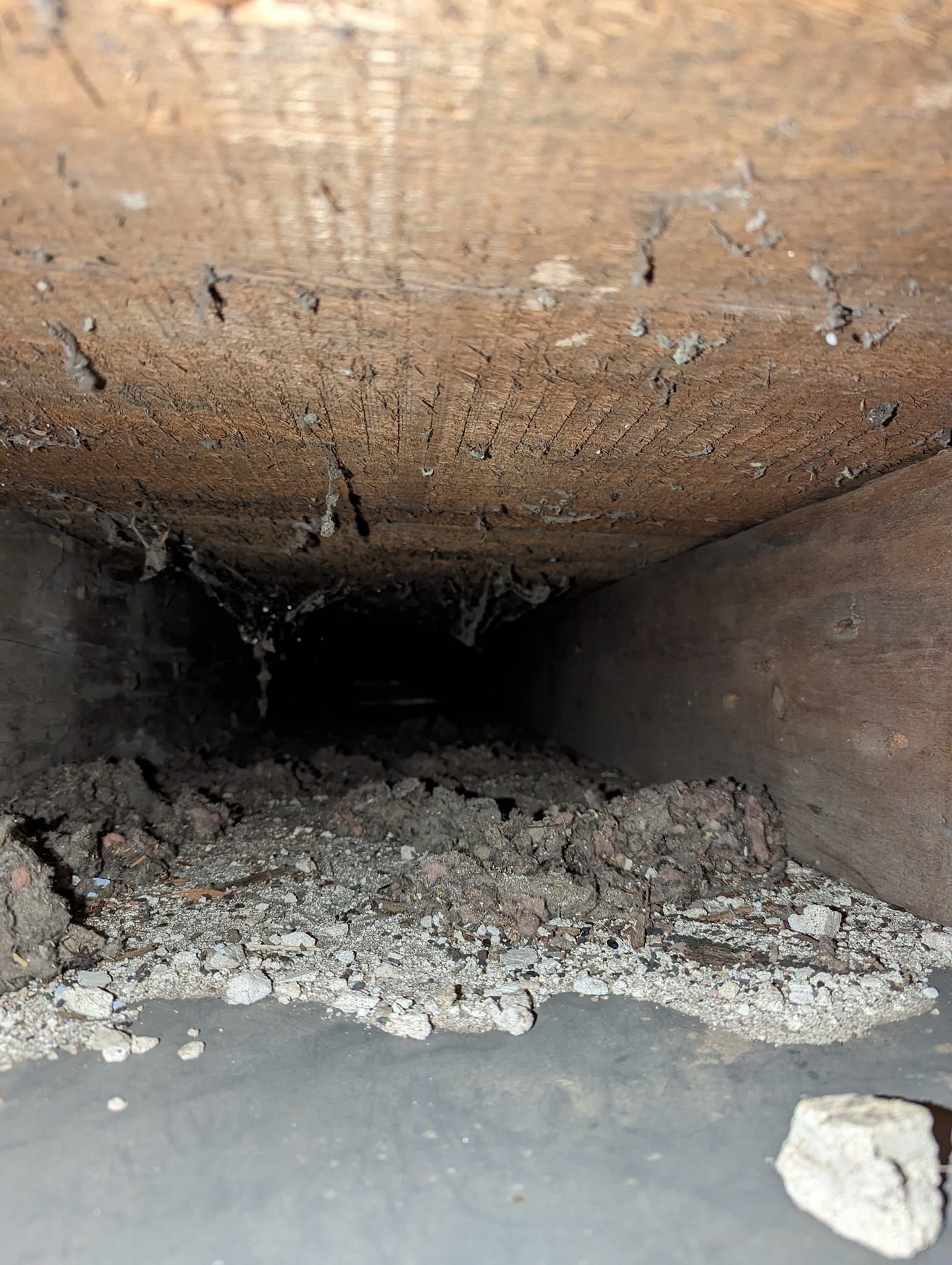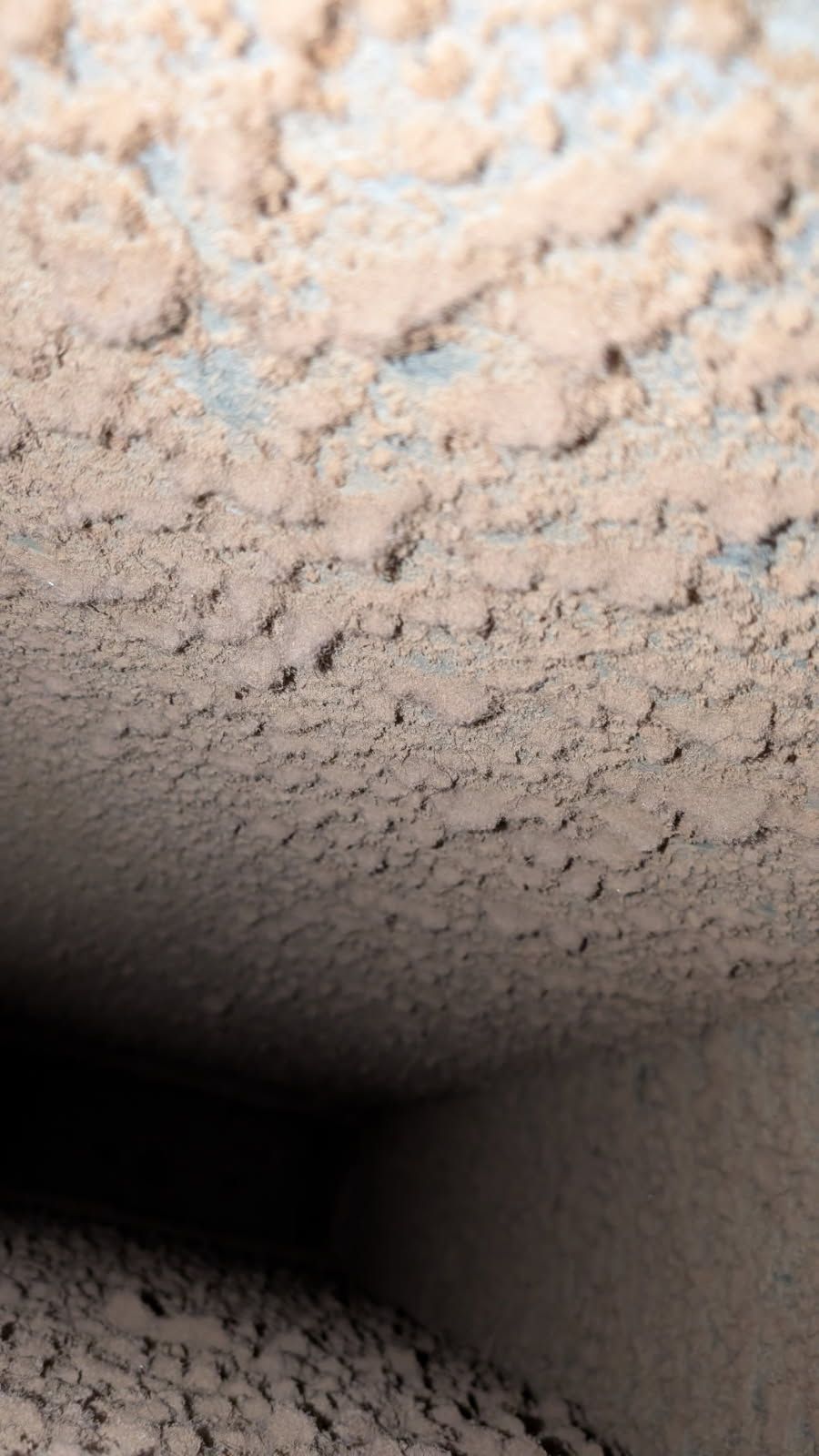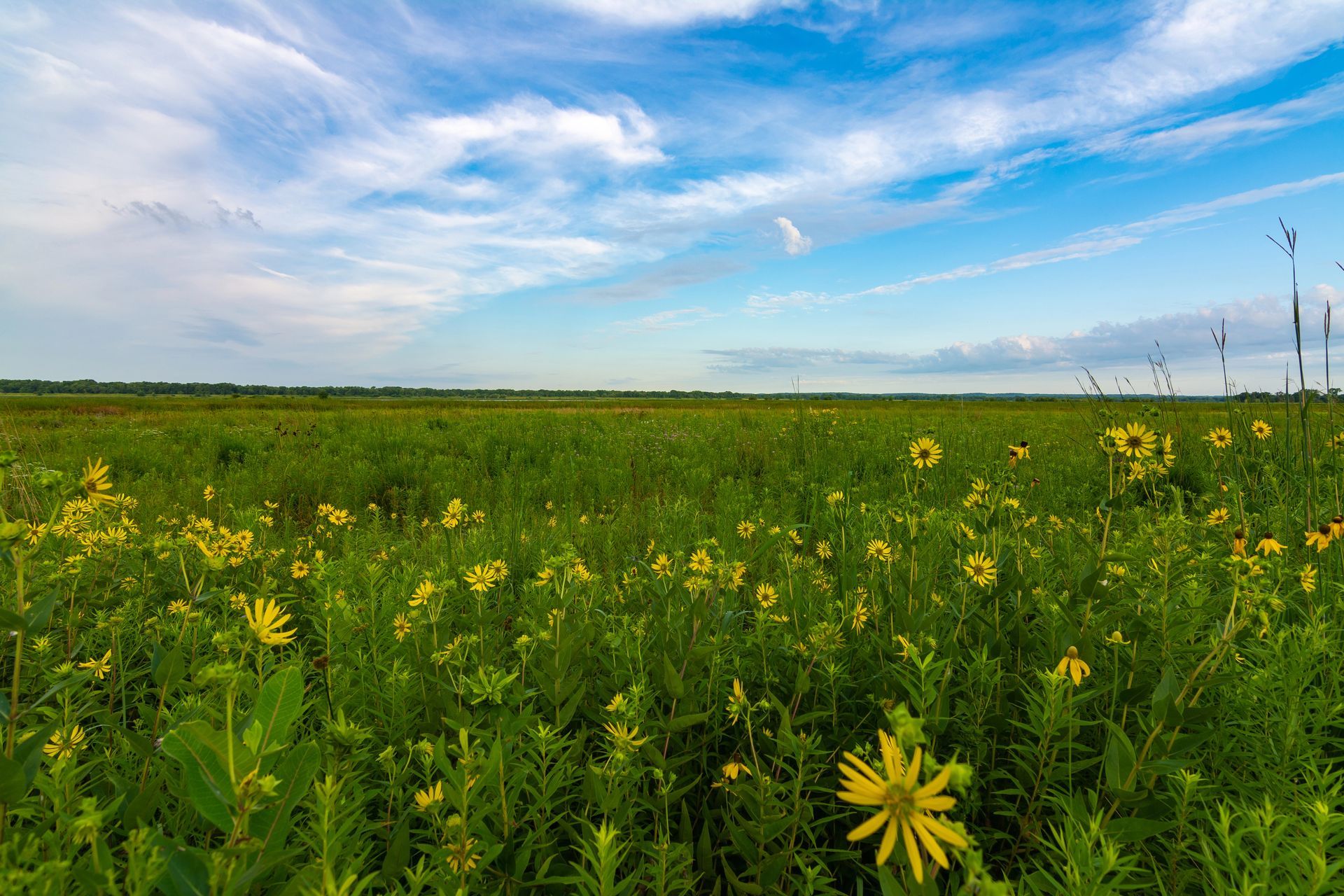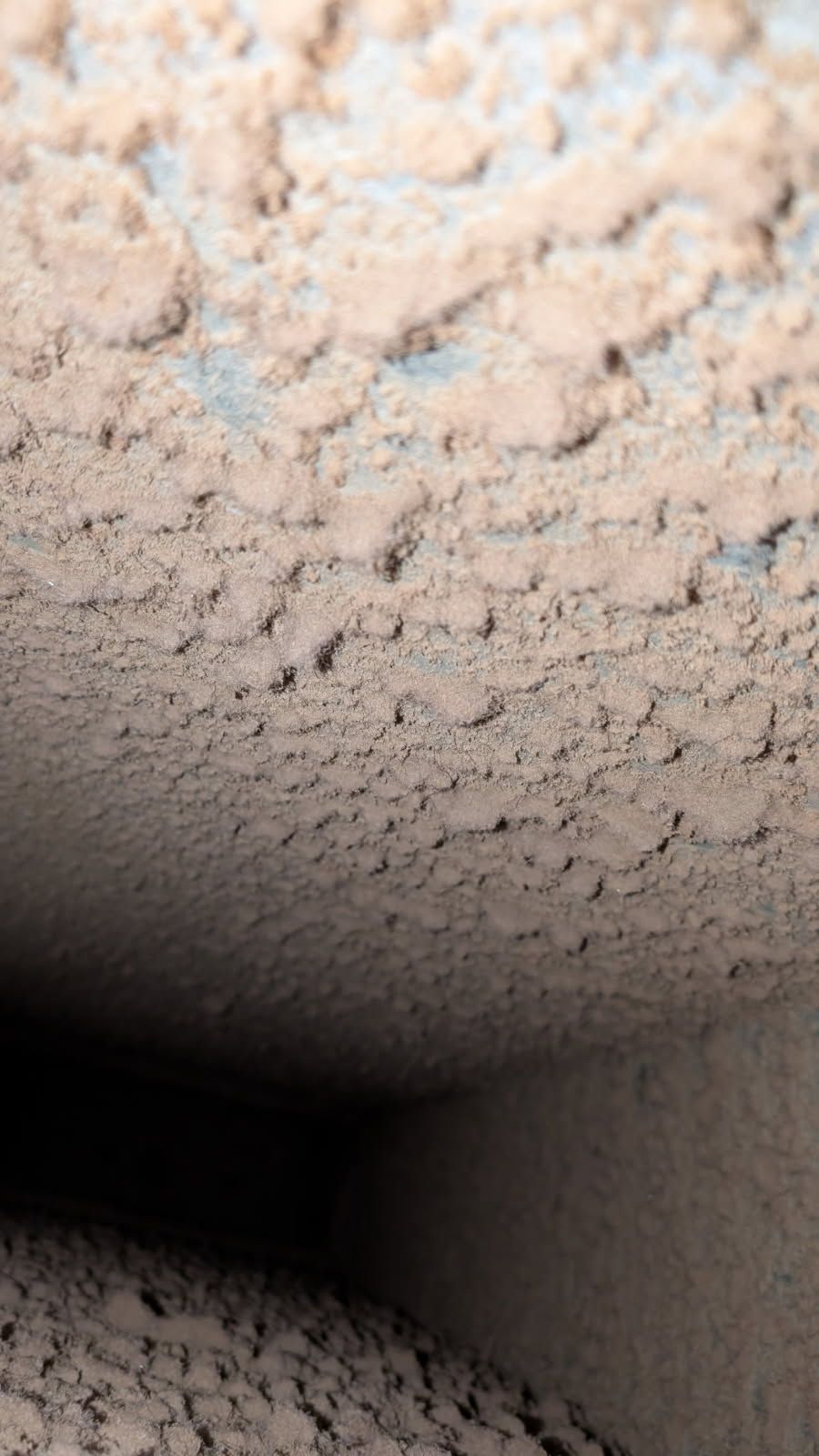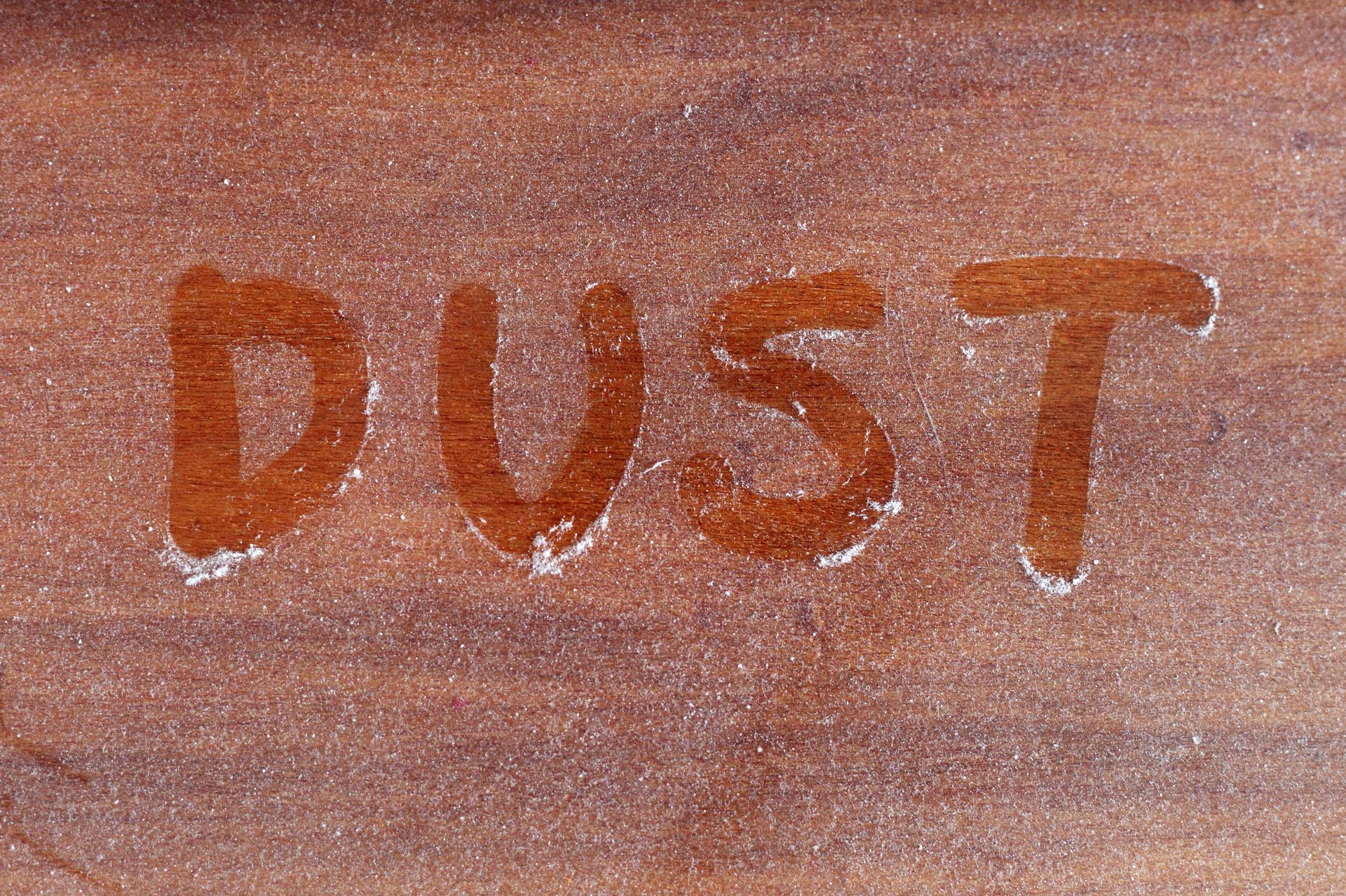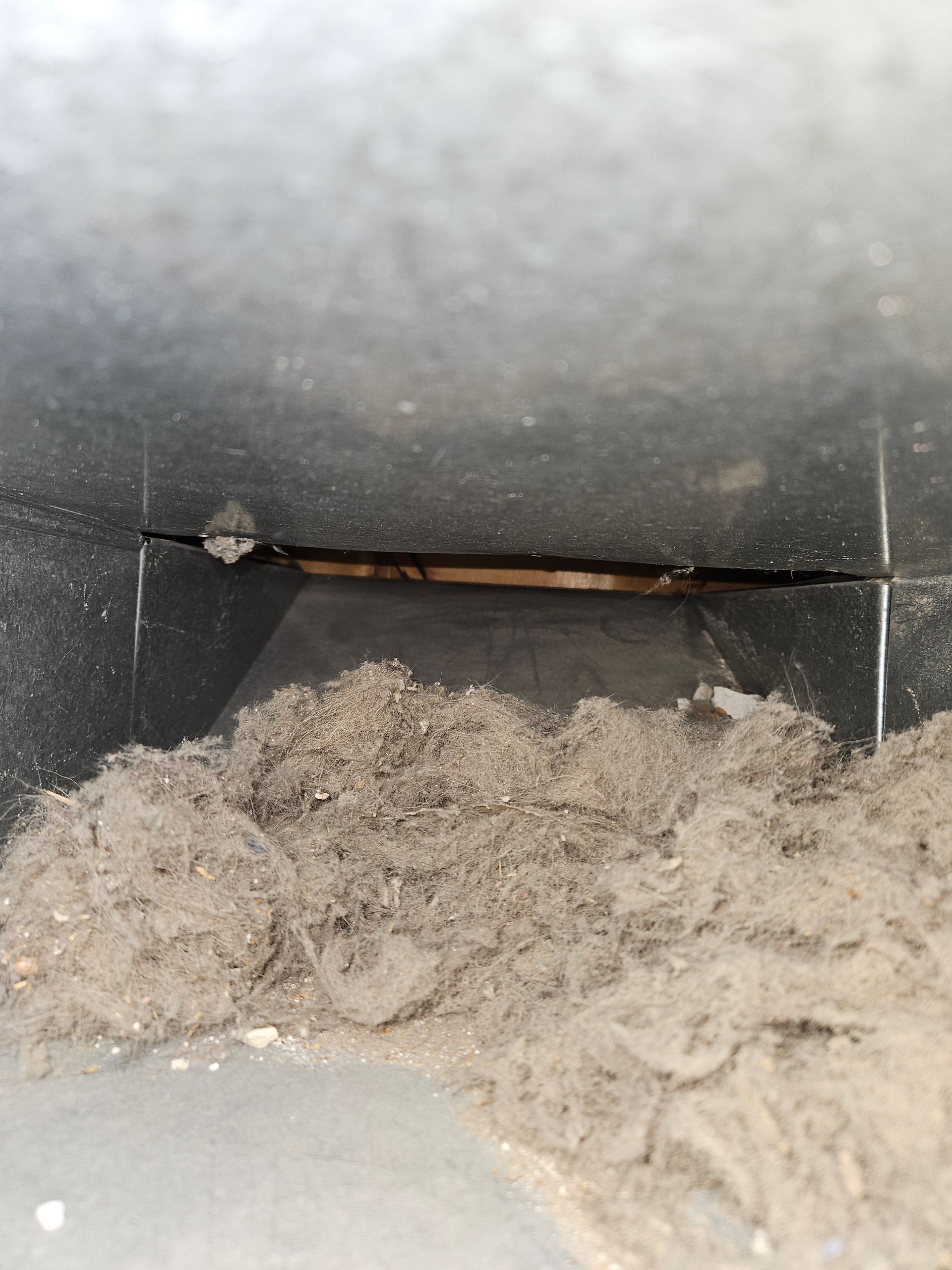Signs of Mold in Your Ducts Before Winter Arrives
How to Detect, Prevent, and Treat Hidden Mold Growth Before You Turn on the Heat
As Wisconsin temperatures drop, homeowners start closing windows and turning on furnaces — and that’s when hidden mold problems inside ductwork can start making themselves known. The combination of humidity, condensation, and stagnant air creates the perfect environment for mold to thrive.
At Wisconsin Natural Air Duct Cleaning, we’ve seen firsthand how winter’s closed-up air can amplify indoor air quality issues. Here’s how to spot the warning signs of mold in your ducts — and what to do about it before winter truly arrives.
Musty Odors When the Heat Turns On
If you notice a musty, earthy smell the first time your furnace kicks in, it’s one of the strongest indicators of mold growth. Mold spores release gases called microbial volatile organic compounds (mVOCs), which become noticeable when warm air moves through contaminated ducts.
Tip: Don’t mask the odor with air fresheners. It’s a sign of a problem that needs professional attention.
Increased Allergy or Respiratory Symptoms Indoors
If family members experience sneezing, coughing, sinus pressure, or headaches that improve when they leave home, your HVAC system could be circulating mold spores.
Winter makes this worse — with homes sealed tight, poor ventilation traps irritants inside. Mold exposure can especially affect children, older adults, or anyone with asthma or allergies.
Visible Mold Around Vents or Registers
Dark spots or fuzzy growth around vents, ceiling registers, or air returns are a telltale sign that mold spores have migrated out of the duct system. This often happens when condensation collects inside cold metal ducts or near poorly sealed connections.
Warning: Cleaning vent covers alone won’t solve the issue — the contamination usually extends deeper into the system.
Persistent Moisture or Condensation Issues
If your home has dealt with basement humidity, roof leaks, or poor insulation, moisture may be traveling into the HVAC system. Even a small amount of trapped water or condensation inside ducts can support mold growth.
Before winter, check for:
- Rust on duct seams or registers
- Damp insulation around air returns
- Excess humidity (above 50%) in the home
Visible Dust That Returns Quickly After Cleaning
If dust seems to reappear soon after cleaning or you notice dark streaks near vents, it may be mold spores mixed with dust particles. This can indicate microbial contamination spreading through your air system.
How to Fix the Problem Before Winter
Professional remediation is the only safe and effective solution. At Wisconsin Natural Air Duct Cleaning, we use a multi-step cleaning and sanitization process that includes:
- Complete duct inspection and video scope assessment
- Removal of dust, debris, and organic buildup
- EPA-approved antimicrobial treatment for interior duct surfaces
- Air handler and coil cleaning to prevent recurrence
We also identify moisture sources — from leaky ductwork to uninsulated attic sections — to prevent mold from returning.
Preventing Mold in Cold Weather
Once your system is clean, a few smart habits can help keep it that way:
- Change your furnace filter every 1–2 months in winter
- Run a dehumidifier in humid basements or crawl spaces
- Schedule annual duct inspections before the heating season
- Keep air returns clear to maintain proper airflow
Breathe Easier This Winter — The Natural Way
Don’t let hidden mold compromise your home’s air quality this winter. A professional duct cleaning and inspection can eliminate contamination, improve airflow, and protect your family’s health before the cold sets in.
Trust Wisconsin Natural Air Duct Cleaning for certified, eco-friendly service across the state — including Madison, Milwaukee, Green Bay, Eau Claire, and surrounding communities.
